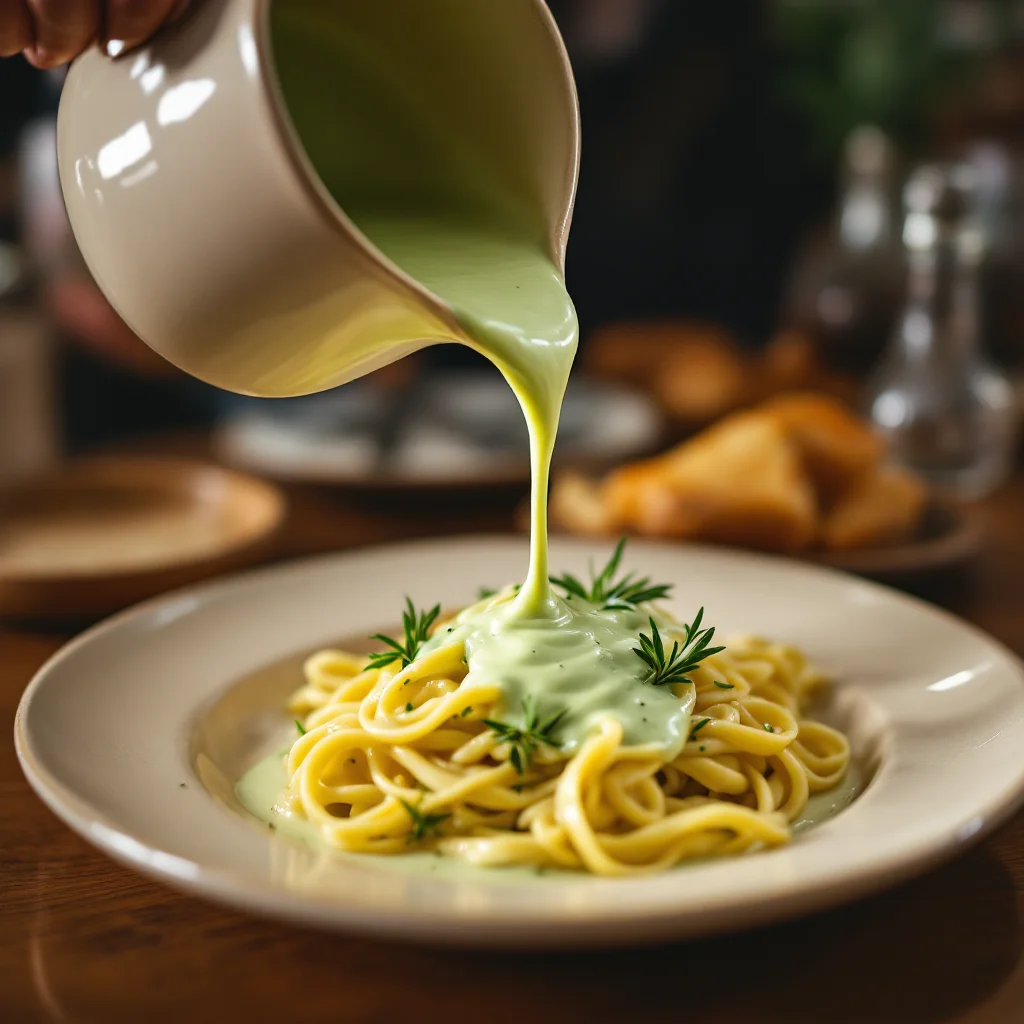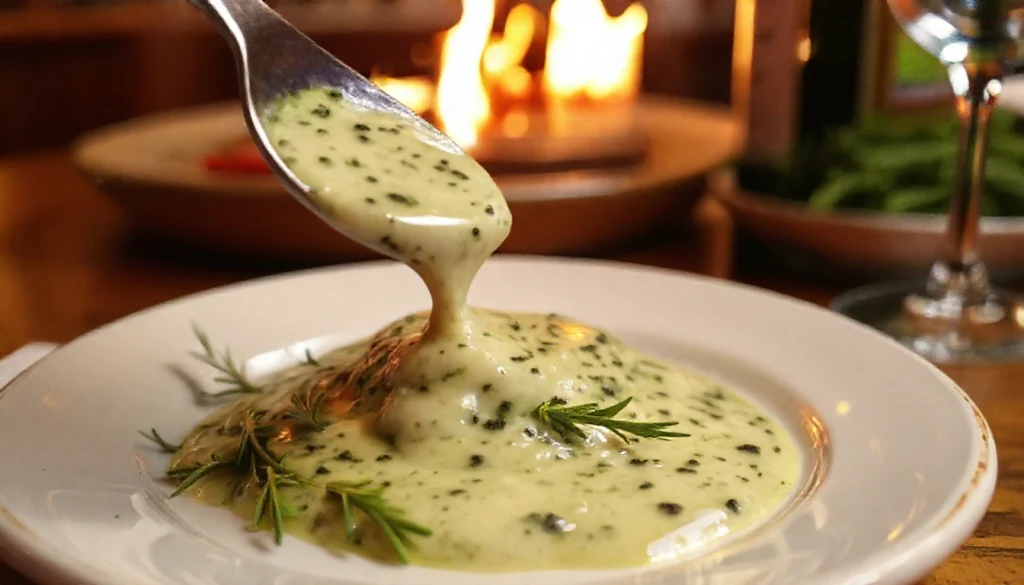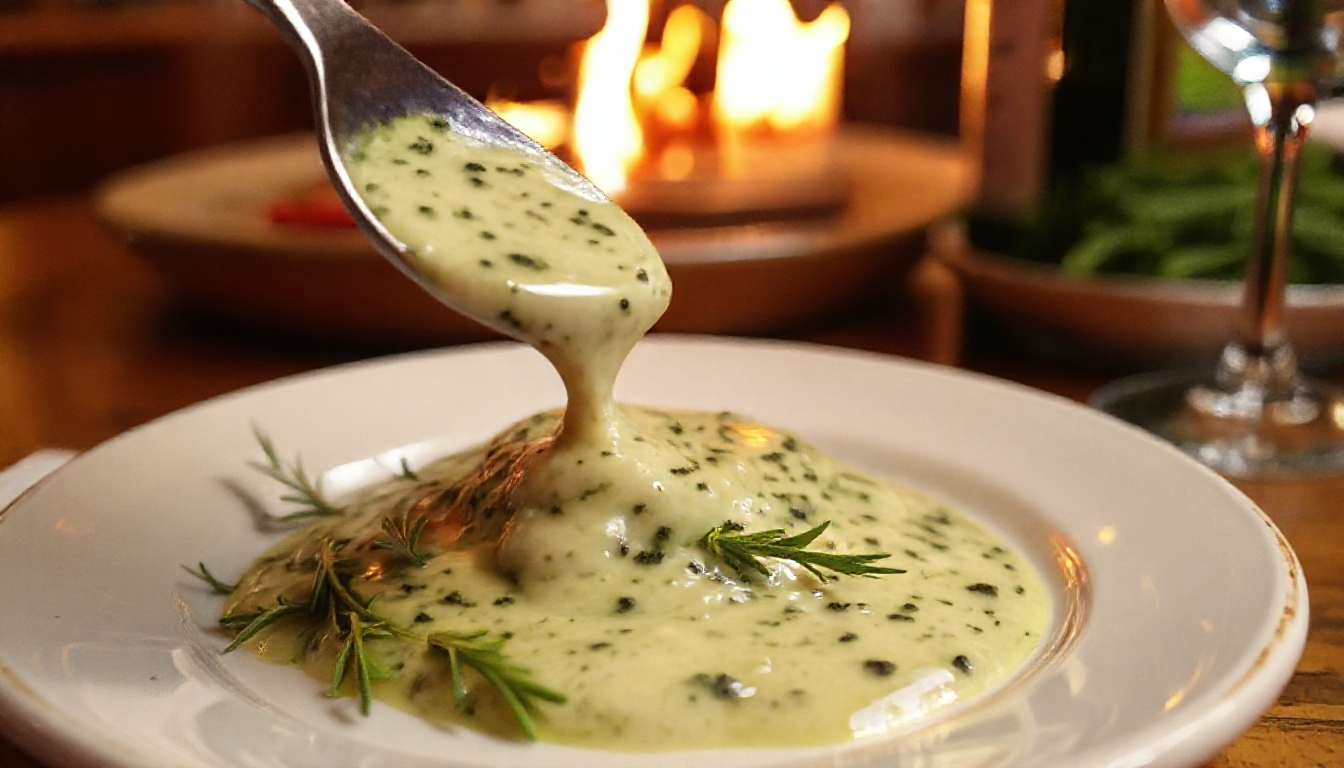introdiction:
Olive Garden Garlic Herbs is renowned for its delicious Italian-American cuisine, and one of the standout elements of its dishes is the signature blend of garlic and herbs that elevates the flavor profile of many menu items. This article delves into the essential ingredients that make up Olive Garden’s iconic garlic herb seasoning, revealing the secrets behind its savory and aromatic appeal. Whether you’re a home cook looking to recreate the restaurant’s magic or simply curious about what goes into this beloved flavor combination, this guide will uncover the key components and tips to bring the taste of Olive Garden into your own kitchen.
Key Takeaways
- The Olive Garden garlic herb seasoning is a highly popular and iconic flavor blend.
- Understanding the core ingredients in this seasoning can help unlock the secrets to its signature taste.
- Exploring the proportions and combinations of herbs and spices can enable you to replicate the Olive Garden garlic herb flavor at home.
- Mastering this versatile seasoning can elevate the flavor of a wide range of dishes, from pasta to meats and more.
- Discovering the essential components of the Olive Garden garlic herb blend can inspire creativity in your own culinary adventures.https://recipesofangels.com/creamy-mustard-sauce/

Table of Contents
What are the ingredients in Olive Garden garlic herbs?
The Olive Garden garlic herb blend is a mix of herbs and spices. It’s what makes their food taste so special. By knowing what’s in it, you can make it at home.
Core Herb Components
The main herbs in Olive Garden’s blend are oregano and basil. They give a strong, earthy flavor. Rosemary and thyme add a woodsy taste.
Signature Garlic Blend Proportions
Garlic is the key ingredient in the blend. It adds a savory taste. The right amount of garlic makes the flavor bold yet balanced.
Additional Seasonings and Spices
The blend also has other seasonings. Black pepper and red pepper flakes add heat. Salt brings out the flavors. Onion powder and parsley add depth.
| Ingredient | Proportion |
|---|---|
| Oregano | 20% |
| Basil | 15% |
| Rosemary | 10% |
| Thyme | 10% |
| Garlic | 25% |
| Black Pepper | 5% |
| Red Pepper Flakes | 3% |
| Salt | 7% |
| Onion Powder | 3% |
| Parsley | 2% |
Creating the Perfect Olive Garden Garlic Herb Blend at Home
Making the garlic herb blend from Olive Garden at home is simple. You just need to know the core herb components and the signature garlic blend proportions. This way, you can make a seasoning that’s just as good as the restaurant’s. Let’s explore how to make the perfect olive garden garlic herb blend at home.
Selecting the Right Ingredients
The Olive Garden garlic herb blend starts with a mix of herbs and spices. To get the restaurant’s taste, you’ll need:
- Dried oregano
- Dried basil
- Dried parsley
- Dried rosemary
- Granulated garlic
- Salt
- Ground black pepper
Mixing the Proportions
The secret to a great garlic herb mixture composition is the right mix of ingredients. Aim for:
- 2 parts dried oregano
- 2 parts dried basil
- 1 part dried parsley
- 1 part dried rosemary
- 2 parts granulated garlic
- 1 part salt
- 1 part ground black pepper
By using this simple olive garden garlic herb blend formula, you’ll get a flavor that’s very close to the restaurant’s.
Storing and Maintaining Freshness
Storing and maintaining the freshness of food, beverages, and other perishable items is essential to ensure their quality, safety, and longevity. Here are some general tips and guidelines for storing and maintaining freshness across different categories:
1. Food Storage Tips
Fruits and Vegetables
Refrigerate most produce: Store fruits and vegetables in the crisper drawer of your refrigerator to maintain moisture and freshness. Separate ethylene-producing items: Keep ethylene-producing fruits (e.g., apples, bananas, avocados) away from ethylene-sensitive produce (e.g., leafy greens, berries) to prevent premature ripening or spoilage. Store at room temperature: Some items, like tomatoes, potatoes, onions, and garlic, are best stored in a cool, dark place outside the fridge.
Dairy Products
Keep refrigerated: Store milk, cheese, yogurt, and butter in the refrigerator at or below 40°F (4°C). Seal tightly: Use airtight containers or wrap cheese in wax paper or plastic wrap to prevent drying out or absorbing odors.
Meat, Poultry, and Seafood
Refrigerate or freeze: Store raw meat, poultry, and seafood in the refrigerator for short-term use (1-2 days) or freeze for longer storage. Use airtight packaging: Place meat in leak-proof containers or wrap securely to prevent cross-contamination.
Dry Goods (Grains, Pasta, Nuts)
Store in airtight containers: Keep dry goods in sealed containers to protect them from moisture, pests, and oxidation. Cool, dark place: Store in a pantry or cupboard away from heat and light to maintain freshness.
Bread and Baked Goods
Room temperature: Store bread in a breadbox or airtight bag for short-term freshness. Freeze for long-term storage: Slice bread before freezing and thaw as needed.
2. Beverage Storage Tips
Coffee and Tea
Airtight containers: Store coffee beans and tea leaves in airtight containers away from light, heat, and moisture. Avoid the fridge: Refrigeration can introduce moisture and odors, affecting flavor.
Wine
Cool, dark place: Store wine bottles horizontally in a cool, dark environment (55°F or 13°C is ideal). Avoid temperature fluctuations: Keep wine away from heat sources and direct sunlight.
Beer and Soda
Refrigerate: Store beer and soda in the refrigerator to maintain carbonation and flavor. Avoid light exposure: Keep beer in a dark place to prevent “skunking.”
3. General Tips for Maintaining Freshness
First in, first out (FIFO): Use older items first to prevent spoilage and waste. Proper packaging: Use vacuum-sealed bags, airtight containers, or resealable bags to protect items from air and moisture. Temperature control: Keep perishable items at the appropriate temperature (refrigerated, frozen, or room temperature). Avoid overstocking: Overcrowding your fridge or pantry can restrict airflow and lead to uneven cooling or spoilage.
4. Freezing Tips
Label and date: Always label and date items before freezing to track their freshness. Portion control: Freeze food in portion-sized containers for easy thawing and use. Avoid freezer burn: Use freezer-safe, airtight packaging to prevent freezer burn.

5. Maintaining Freshness in Non-Food Items
Flowers
Trim stems: Cut flower stems at an angle and change the water daily to prolong freshness. Cool environment: Keep flowers away from direct sunlight and heat sources.
Candles
Store in a cool, dark place: Prevent melting or warping by storing candles away from heat and light. Cover with lids: Use lids or wraps to protect candles from dust and moisture.
Cosmetics and Skincare
Check expiration dates: Discard expired products to avoid skin irritation or reduced effectiveness. Store in a cool, dry place: Keep products away from humidity and direct sunlight.
By following these guidelines, you can extend the shelf life and maintain the freshness of your items, reducing waste and ensuring optimal quality.https://recipesofangels.com/creamy-mustard-sauce/
Conclusion
The Olive Garden garlic herb blend has won over many diners for years. It’s a mix of fragrant garlic, aromatic herbs, and savory spices. This blend is what makes Olive Garden’s dishes so special.
Knowing what’s in this blend lets home cooks make Olive Garden-like dishes at home. They can play with different herbs and spices while keeping the core flavors. This opens up new possibilities in cooking.
Use this blend on roasted veggies, pasta, or as a marinade for meats. It adds a touch of Olive Garden’s taste to your cooking. Remember, the secret is in finding the right balance of flavors. This makes the blend a favorite among many.
FAQs
What are the main ingredients in the Olive Garden garlic herb blend?
The Olive Garden garlic herb blend has garlic, oregano, basil, and parsley. The exact amounts of these herbs are not shared. But they make up the blend’s unique flavor.
How much garlic is used in the Olive Garden garlic herb blend?
Garlic is a key part of the Olive Garden blend, but the exact amount is secret. It’s known that garlic gives the blend its special smell and taste.
Are there any other seasonings or spices in the Olive Garden garlic herb blend?
Besides the main herbs, the blend might have black pepper, onion powder, and more. These add to the seasoning’s depth and balance.
Can the Olive Garden garlic herb blend be replicated at home?
You can make a similar blend at home with garlic, oregano, basil, parsley, and spices. Try different mixes to get close to the Olive Garden taste.
How should the Olive Garden garlic herb blend be stored for optimal freshness?
Keep the blend fresh by storing it in an airtight container. Place it in a cool, dry spot, away from sunlight. This keeps the flavors and smells strong.
